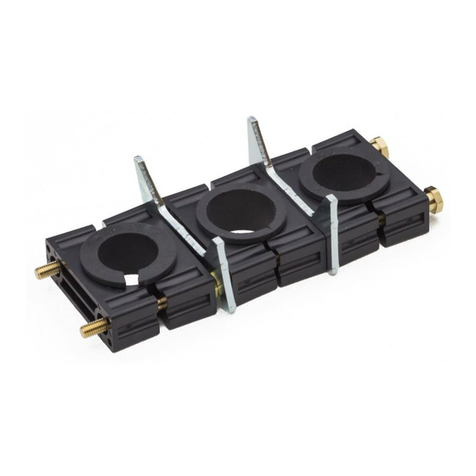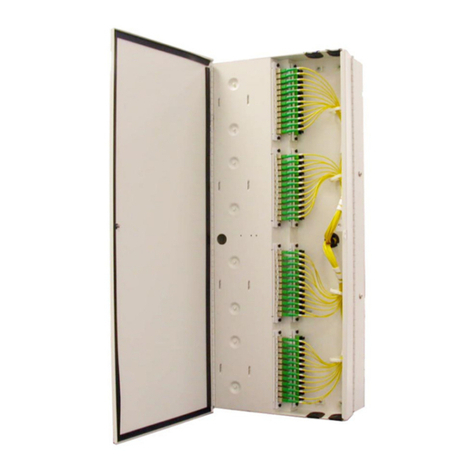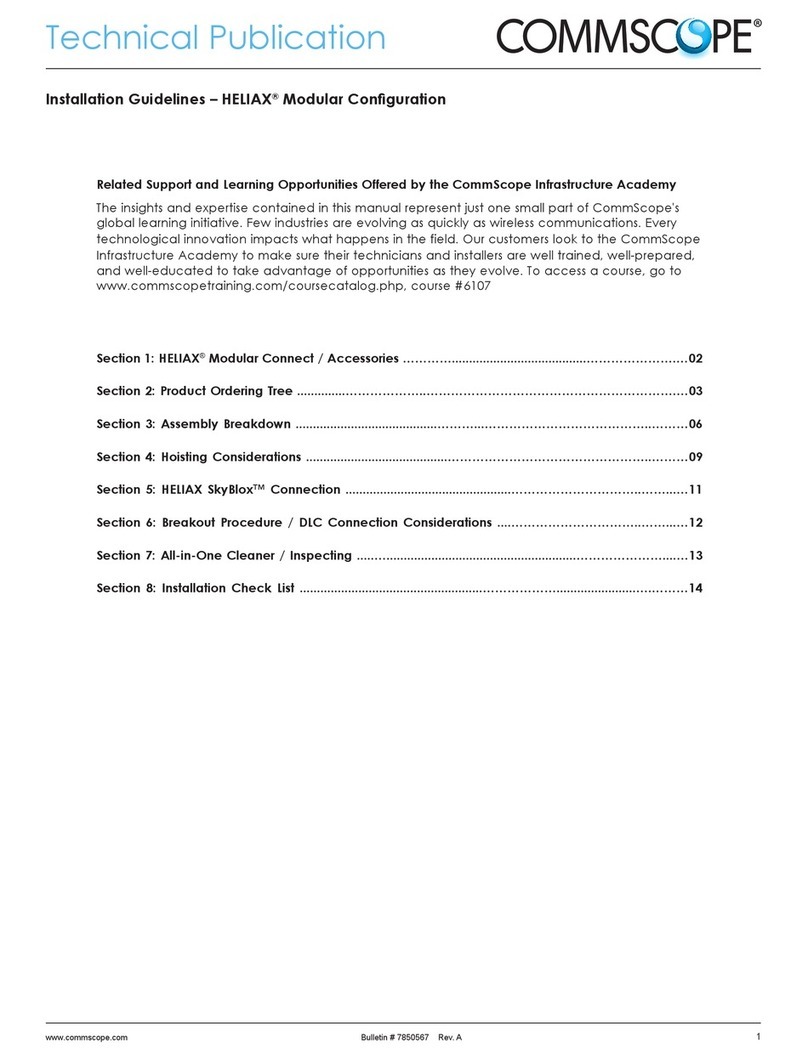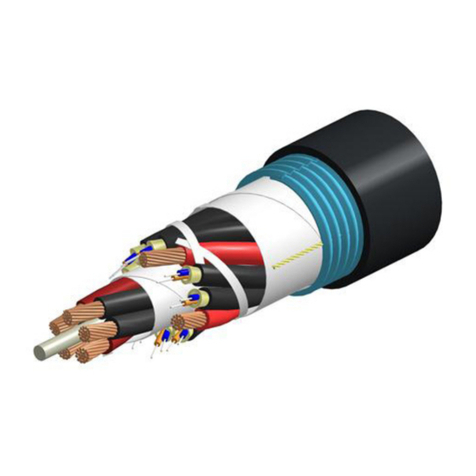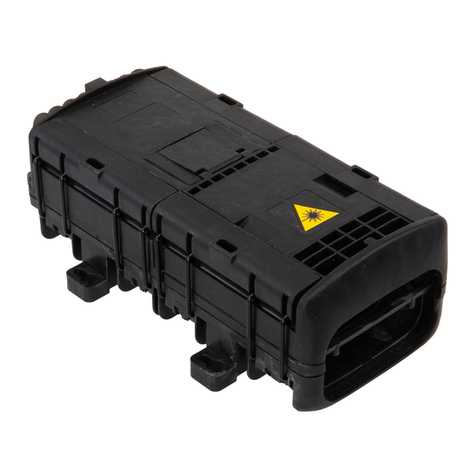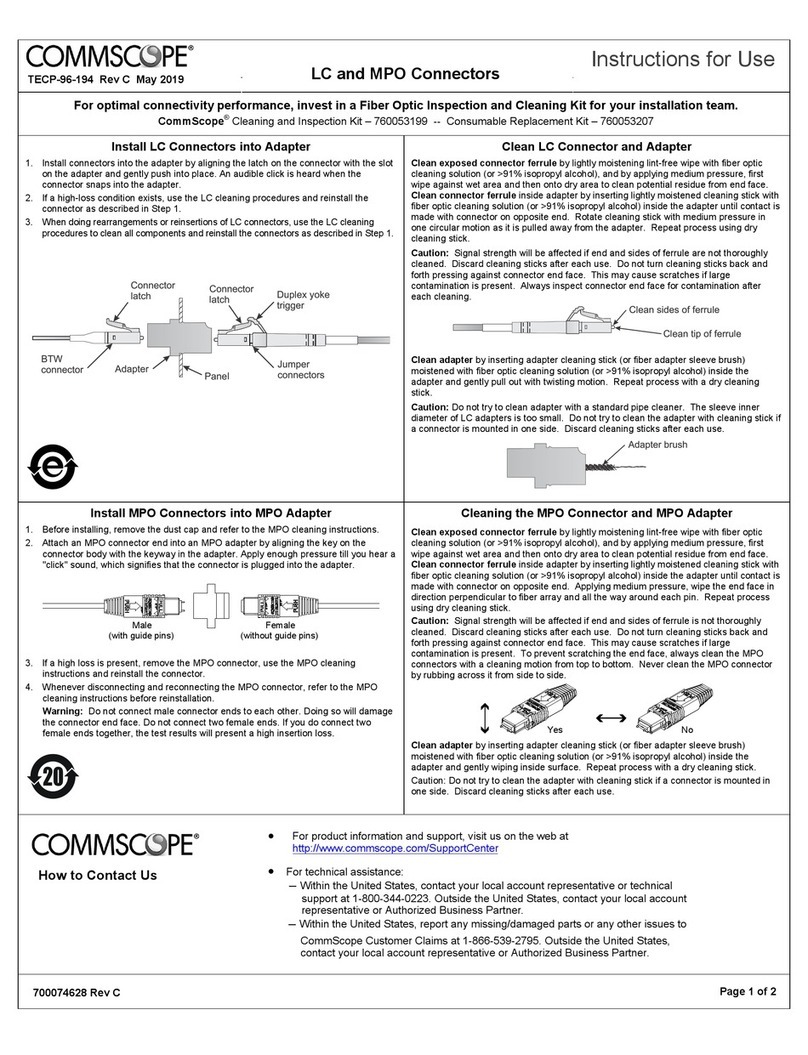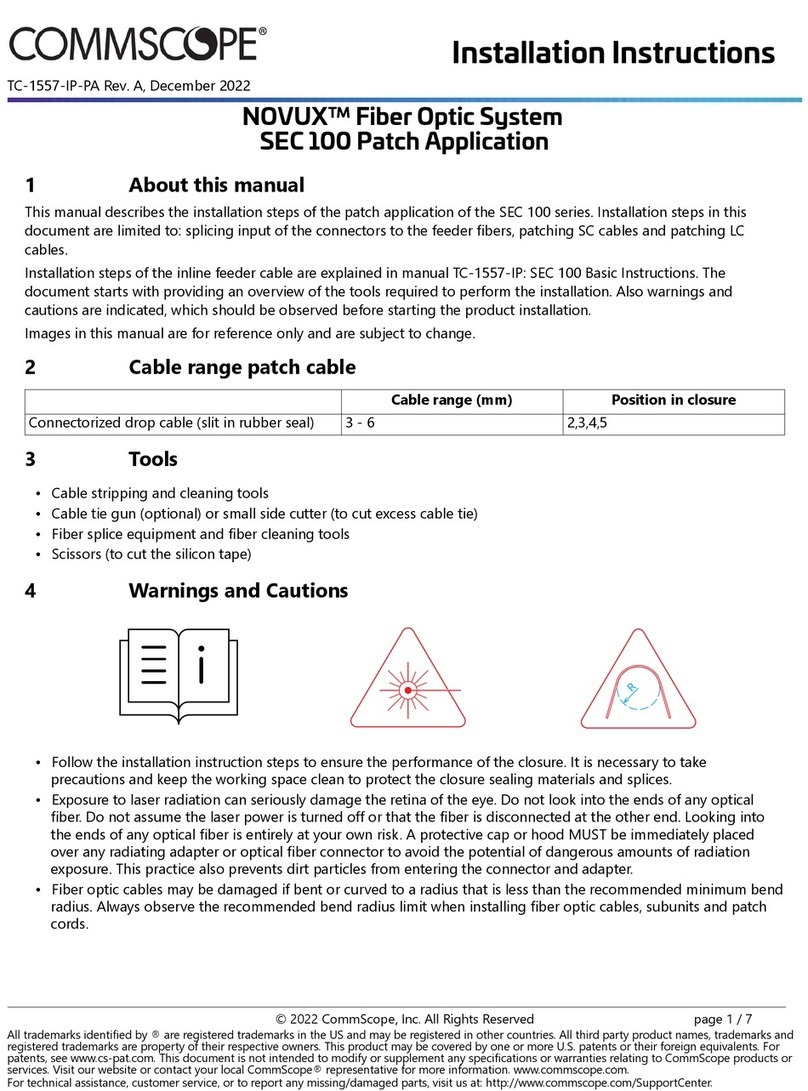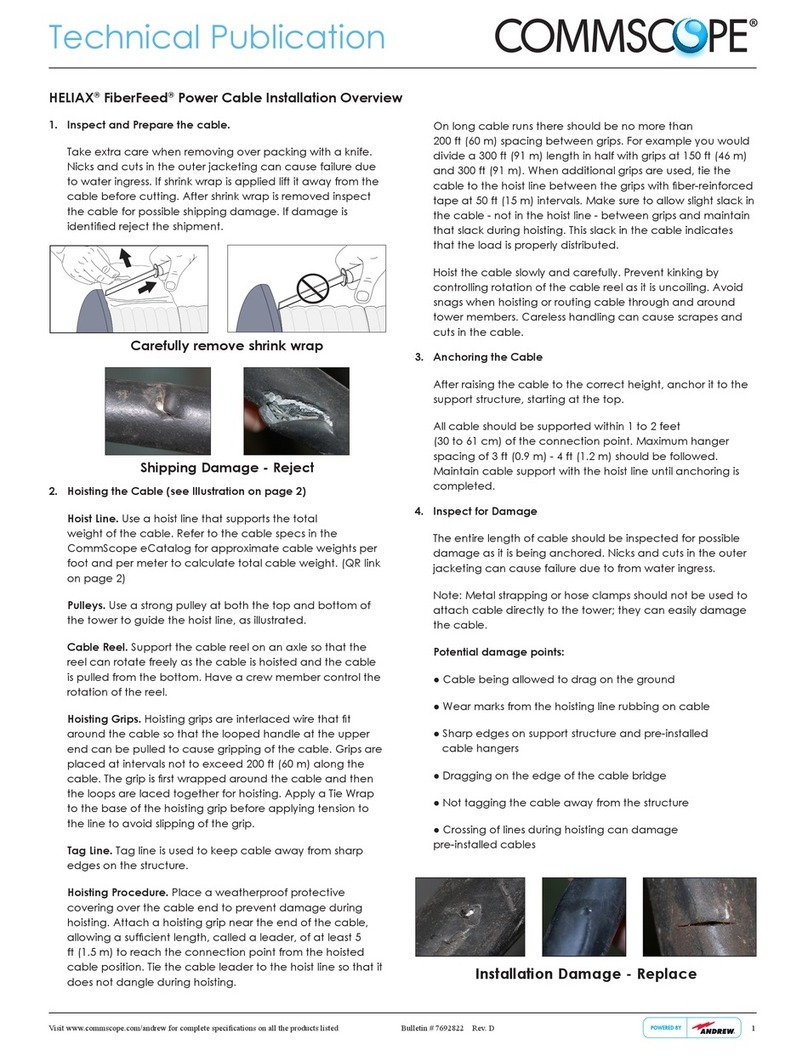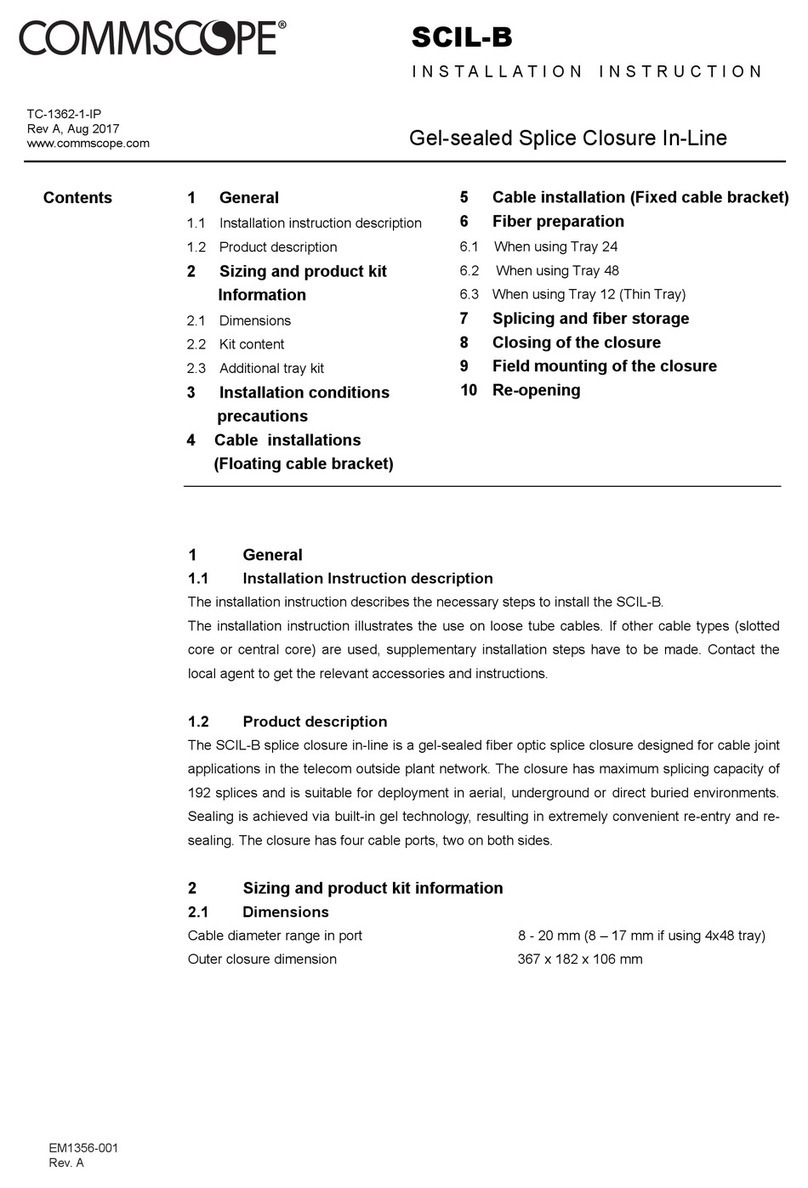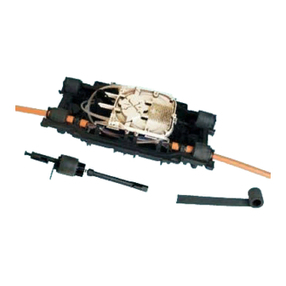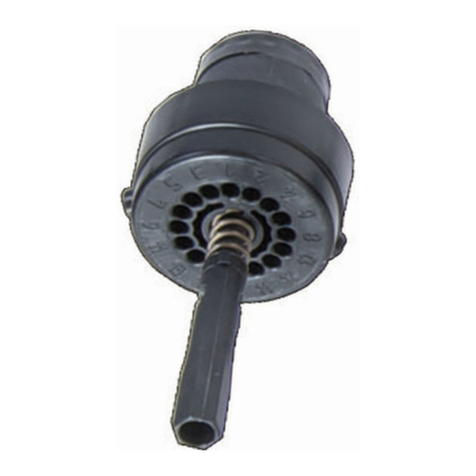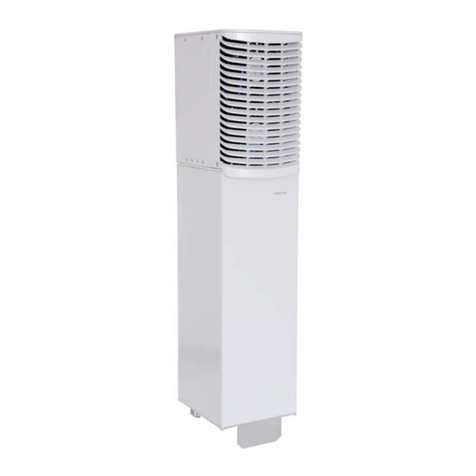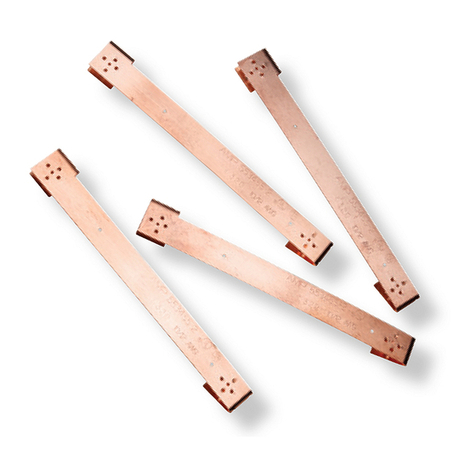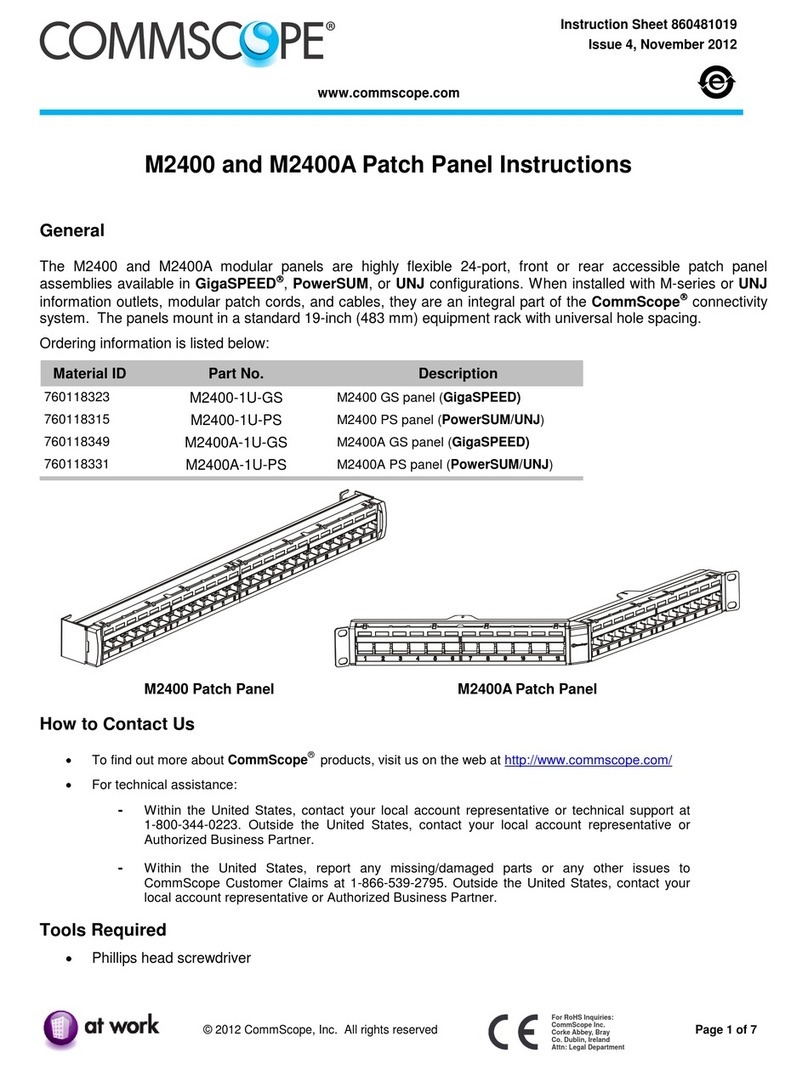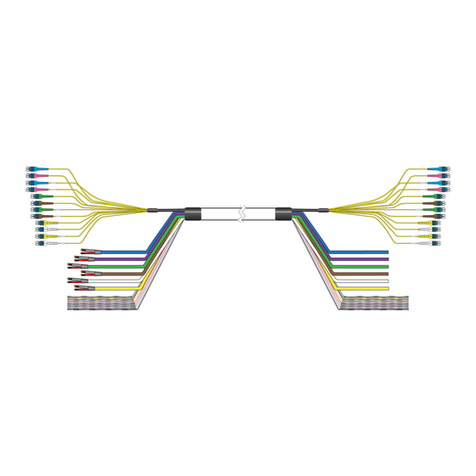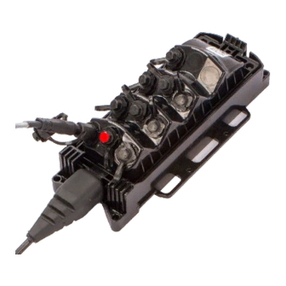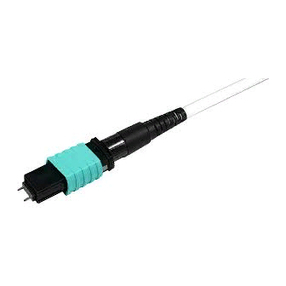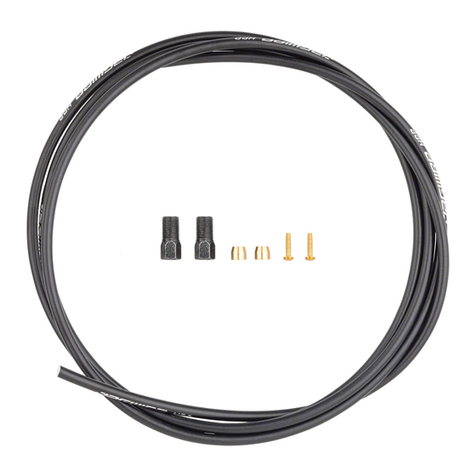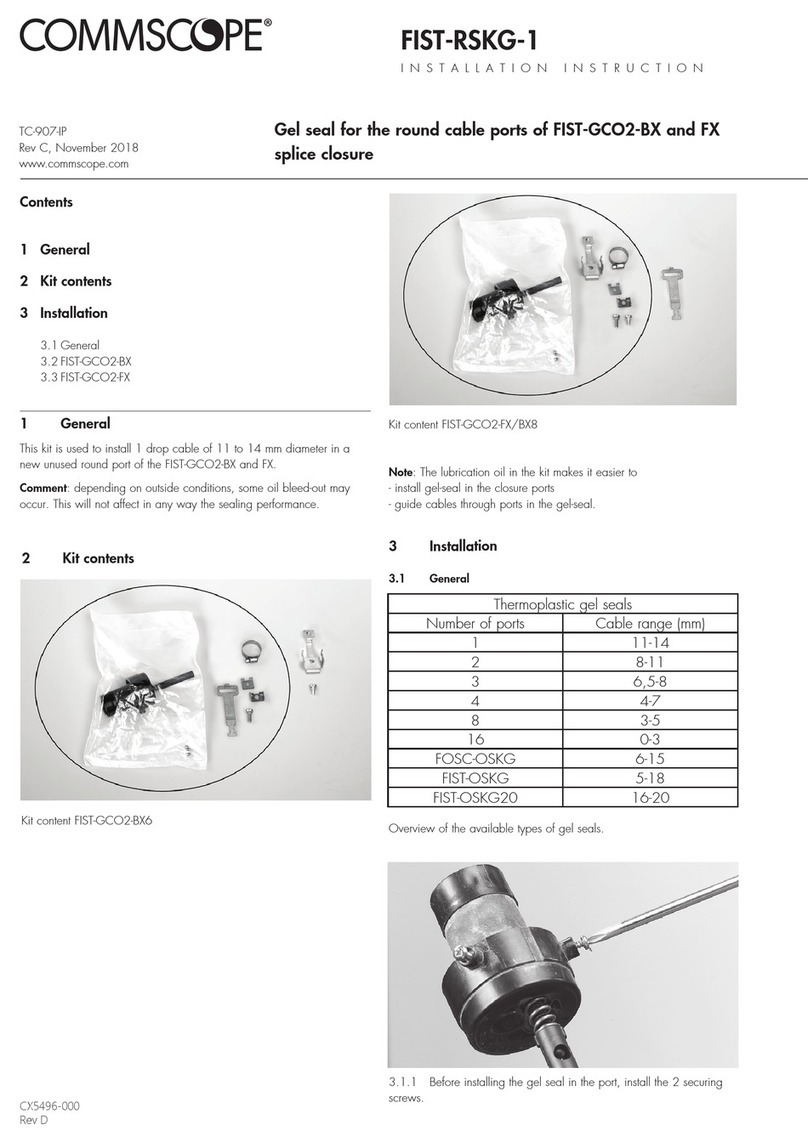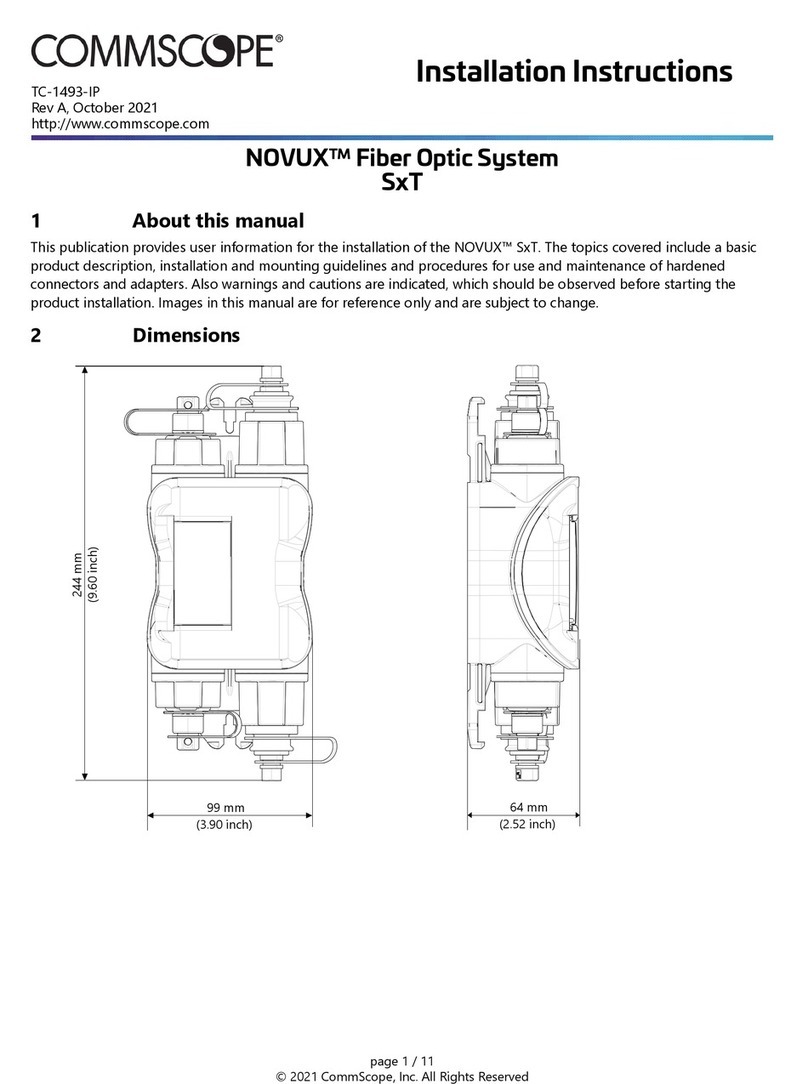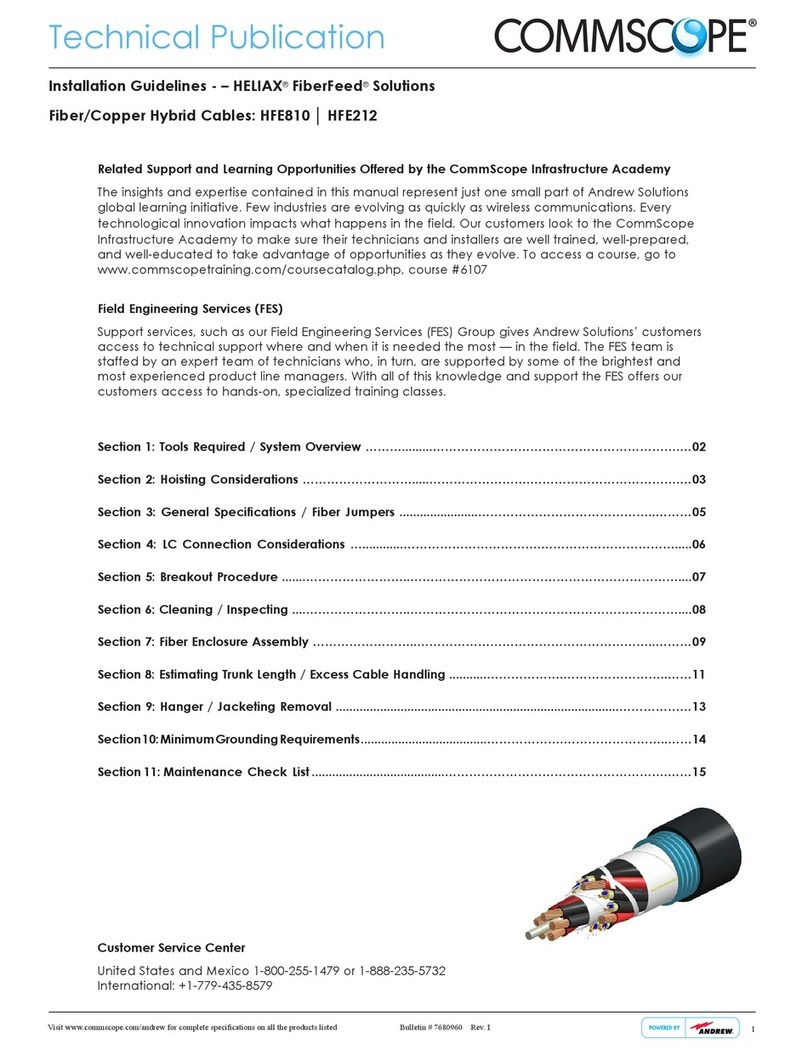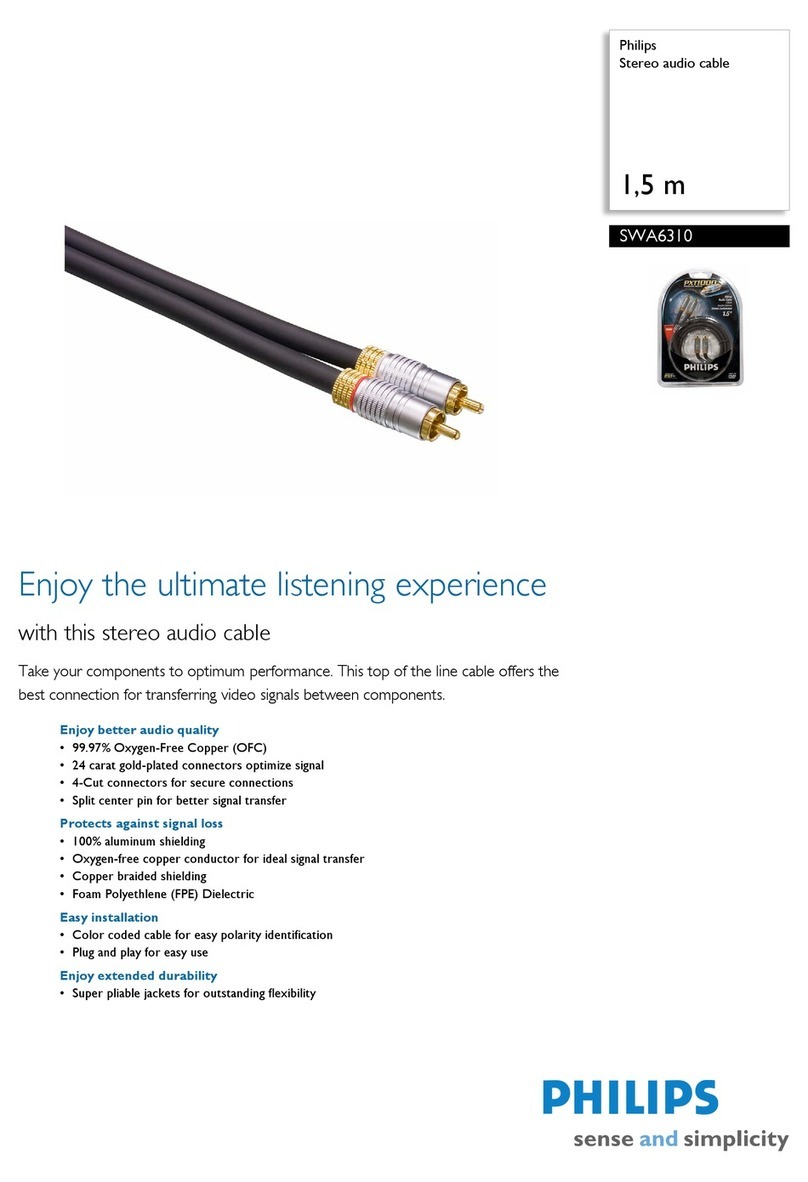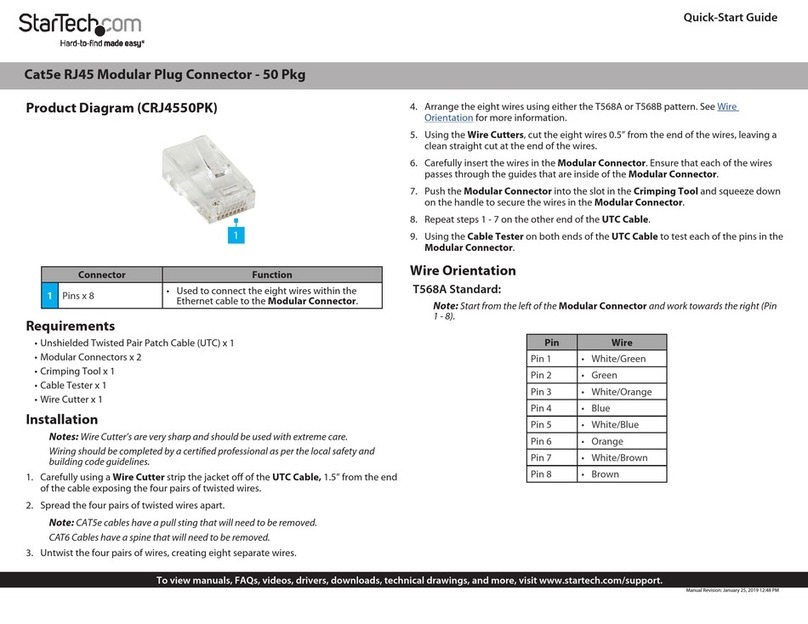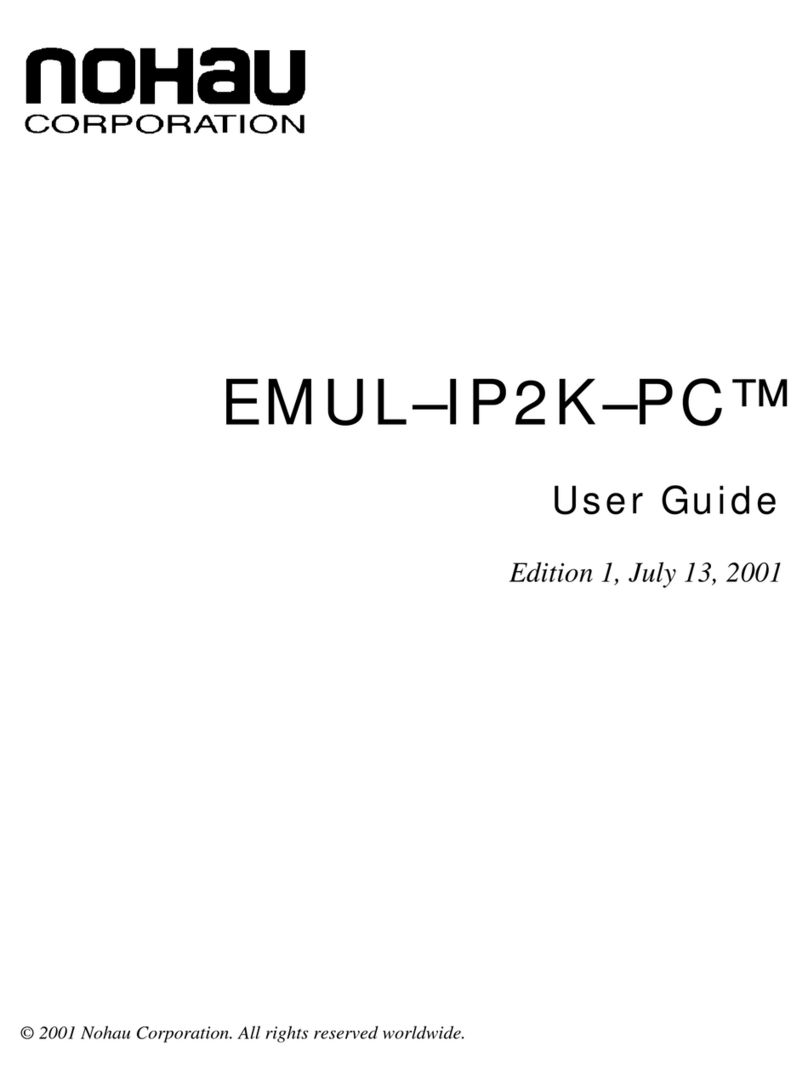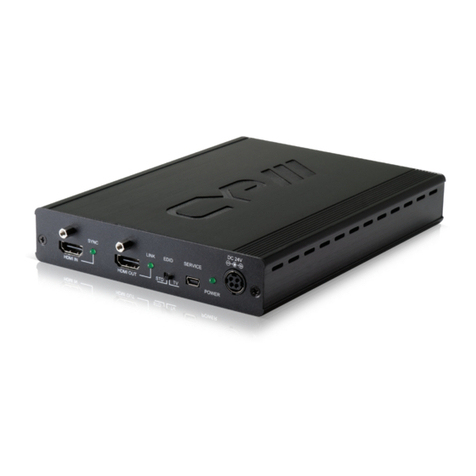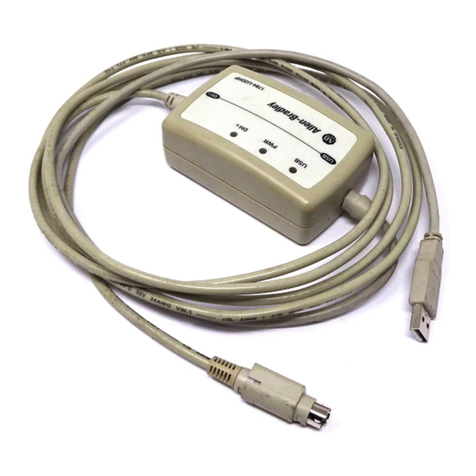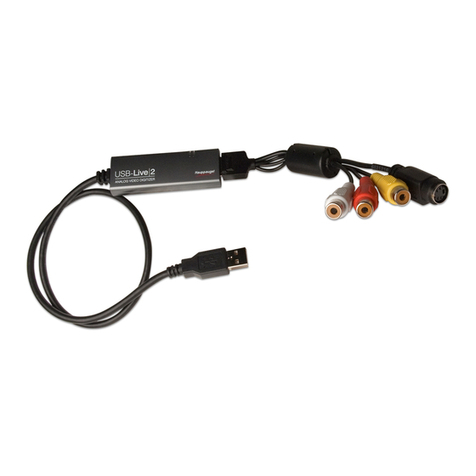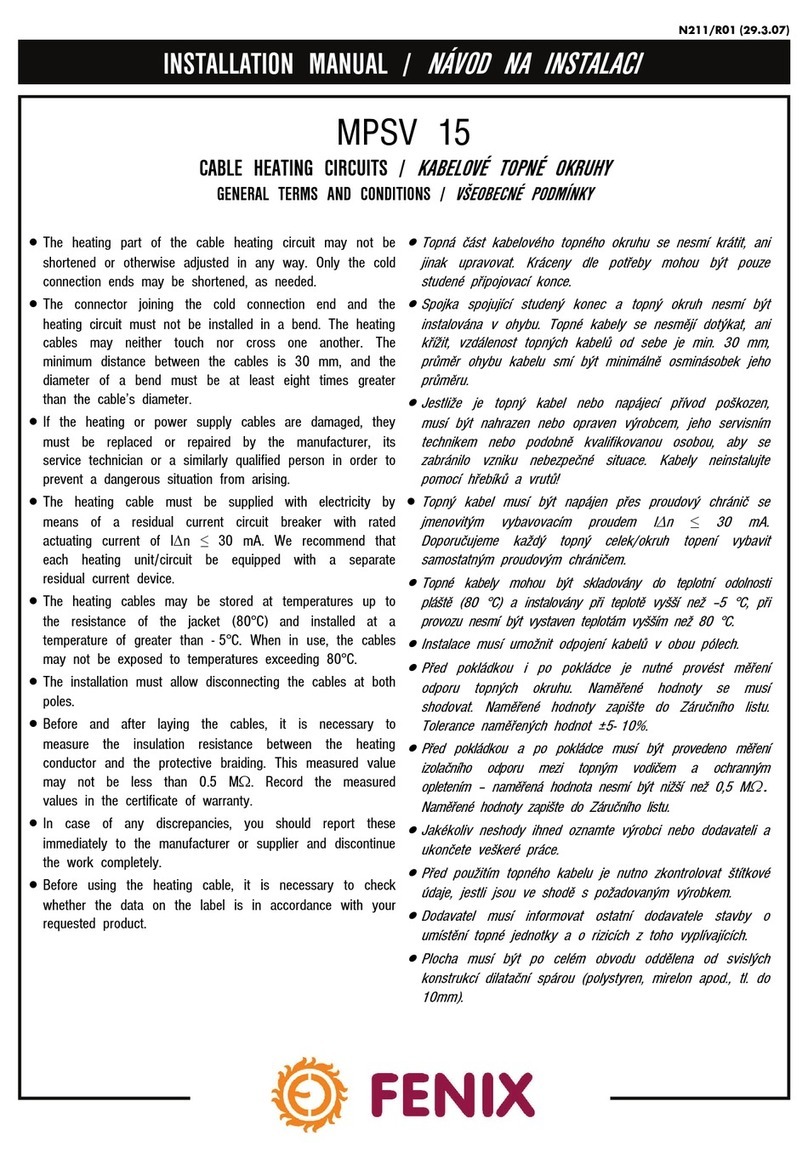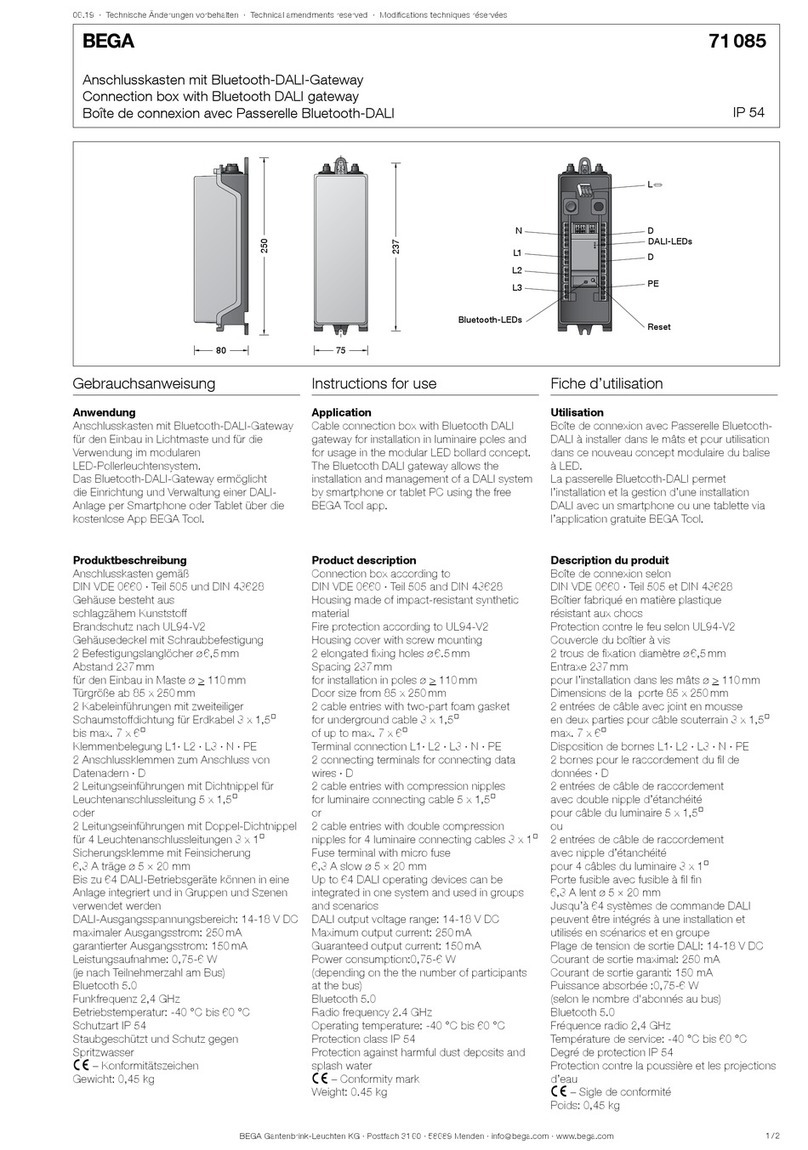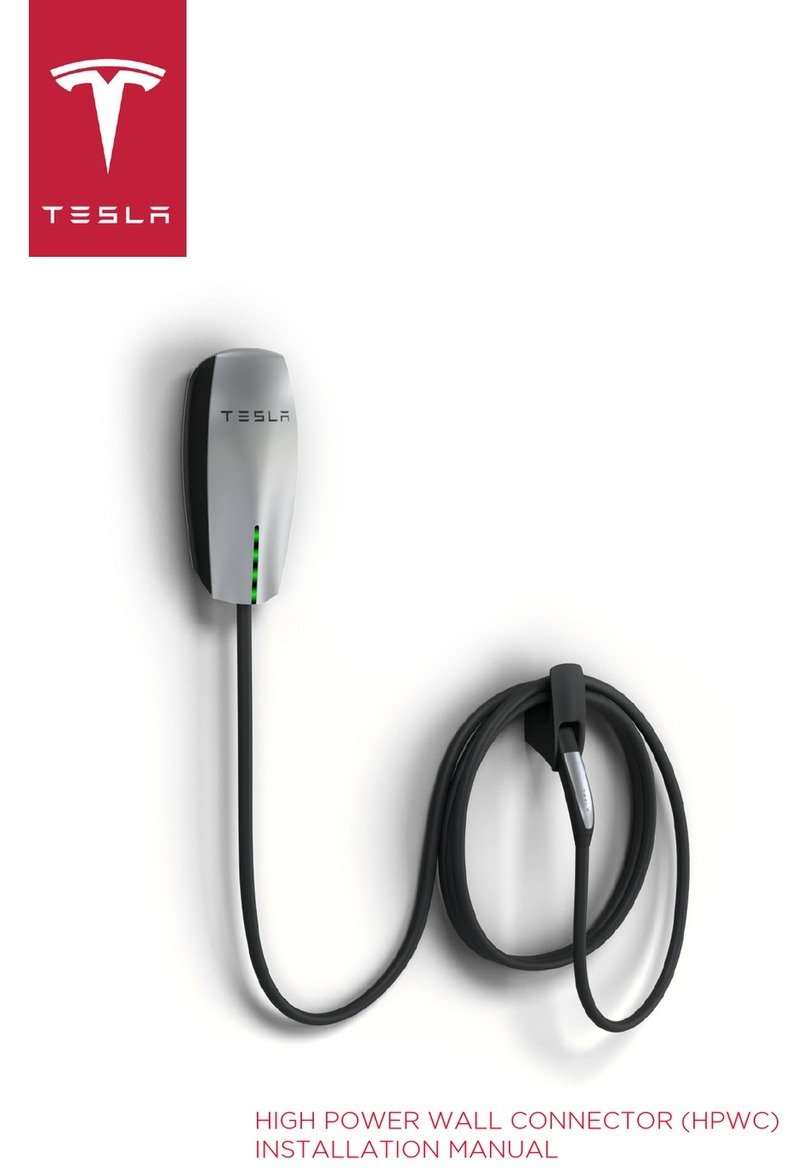
408- 4471
9of 17Rev N
2. Carefully insert the bu er into the plunger of the
connector assembly until the ber bottoms against
the internal ber. See Figure 9, Detail B. Make
sure that the remaining mark on the bu er enters
the plunger. The resultant bend in the bu er should
hold the ber against the internal ber. Only a
slight bend is necessary.
It is important that the ber bottoms against, and
remains against, the internal ber. If the mark
does not enter the plunger or if the ber does not
seem to bottom against the internal ber, the
ber may be caught on internal guides. Rotating
the connector and backing the bu er out a small
amount and re--entering may help. However, if
the mark will not enter the plunger, the ber must
be re--stripped.
Make sure that the ber does not pull rearward
from the contact with the internal ber during the
crimping operation.
3. Squeeze the handles of the hand tool until the
ratchet releases. Allow the handles to open fully.
Slowly close the handles until you hear 2 clicks
from the ratchet.
4. Remove the termination cover from the
connector assembly, and retain.
5. With the connector assembly in the cable holder
assembly, position the ferrule in the upper cavity of
the front die and the plunger in the upper cavity of
the rear die. See Figure 9, Detail C.
The arrows marked on the front die indicate the
direction that the ferrule must be pointing when
the connector is positioned in that cavity. For
proper placement, and to avoid damage to the
ber, observe the direction of the arrows. Refer to
Figure 9, Detail C (also shown in Figure 10,
Detail B).
6. Gently push the bu er toward the connector
assembly to make sure that the ber is still
bottomed, then slowly squeeze the tool handles
together until the ratchet releases. Allow the
handles to open fully, and remove the connector
from the dies.
7. Open the cable clamp of the cable holder, and
straighten the cable. Close the cable clamp so that
the cable is aligned with, and tracks straight back
from, the plunger and through the cable clamp.
See Figure 10, Detail A. Make sure that the inner
eyelet is still aligned with the right--most mark on
the bu er. If necessary, adjust the position of the
jacket.
Make sure that a space of 3 to 5 mm exists
between the face of the inner eyelet (shown in
Figure 7, Detail B) and the plunger (rear of
connector assembly). Refer to Figure 10,
Detail A.
Failure to ensure that this space exists may result
in improper connector performance when mated
to a connector.
8. Position the plunger of the connector assembly
in the rst (smallest) cavity of the front die with the
knurl against the edge of the groove in the die and
the ferrule pointing in the direction of the arrow.
See Figure 10, Detail B.
9. Slowly squeeze the tool handles together until
the ratchet releases. Allow the handles to open
fully, and remove the connector assembly from the
die.
10. Slide the crimp eyelet away from the connector
assembly until the strength members are free, then
slide the crimp eyelet toward the connector until
the strength members and crimp eyelet butt
against the connector. See Figure 10, Detail C.
11. Position the crimp eyelet against the last cavity
of the front die with the ferrule pointing in the
direction of the arrow. Make sure that the
connector assembly is butted against the die. The
crimp eyelet will move into the cavity when the dies
are closed. See Figure 11, Detail A. Slowly
squeeze the tool handles together until the ratchet
releases. Allow the handles to open fully. Remove
the connector assembly from the die.
12. Install the termination cover onto connector
assembly.
13. Cut the strength members ush with the crimp
sleeve. Slide the strain relief over the plunger until
the strain relief butts against the connector
assembly. See Figure 11, Detail B.
14. Remove the connector assembly from the
cable holder assembly.
15. Align the key of the connector housing with the
chamfered edges of the connector assembly, and
slide the housing over the assembly until it snaps
in place. See Figure 11, Detail C.
DO NOT force the components together. They
are designed to t only one way.
The assembly procedure for 2.5-- to 3.0--mm loose
jacketed cable is now complete.
"If connecting connectors, refer to Paragraph 5.5.
NOTE
i
CAUTION
!
CAUTION
!
CAUTION
!
NOTE
i
